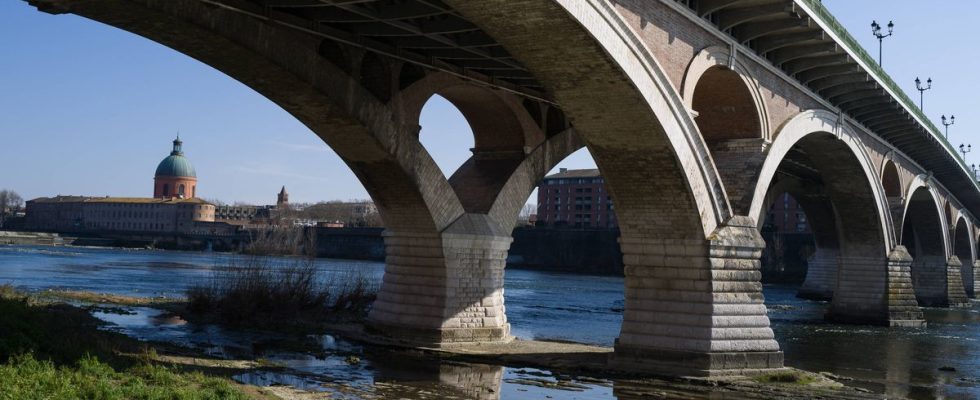“If we are faced with a dry summer and as scorching as that of 2022, the current level of reserves will not allow us to hold on, it risks being particularly difficult”, warns the prefect of the Occitanie region, Pierre-André Durand, by elsewhere coordinating prefect of the Adour-Garonne basin. Spring is just starting and all the lights are already bright red in the Southwest in terms of drought.
“The rivers are extremely low, the aquatic environments are degraded and despite the recent rains in the basin, the reserves are not sufficiently full to consider summer with serenity. The historical minimum of the snowpack to date was reached in mid-February, the filling of the reservoirs intended for low-flow support is much lower than last year, on average it is 46% over the basin against 80% the year last at the same time. In Ariège, Lake Montbel is thus filled to only 24%”, lists the representative of the State who calls for “the responsibility of all” by already realizing water savings.
Some prefects of the 26 departments of the Adour-Garonne basin have already issued vigilance orders, whether in Aude, Creuse, Hautes-Pyrénées or even Haute-Garonne. Municipalities in the basin already have difficulties in supplying drinking water. At the end of March, they are already a hundred to be confronted with ruptures or tensions. Last year, in the middle of summer, 400 villages had to be replenished with water tankers or bottles.
Priority to securing drinking water
“In Haute-Garonne, for example, the drinking water resource is not taken from the groundwater but from the rivers and when the rivers are dry, there is no more water in the taps”, notes Guillaume Choisy. , the director of the Adour-Garonne water agency. The managers are therefore working to detect the slightest leaks but also to find emergency solutions in the event of a cut. “We interconnect with neighboring municipalities whose networks are less in tension”, continues this manager. Work has thus been launched on 5% of its 400 “at risk” municipalities to connect them to the nearest networks and feasibility studies have already been launched for 20% of them.
Other solutions are also considered. Like the mobilization of hitherto under-exploited hill reservoirs to supply the Garonne and its tributaries. Or innovate. As with the experiment launched by Réseau 31, the Haute-Garonne department and the BRGM, which will consist of taking water from the Garonne when its level is high, storing it in the Saint-Martory Canal, before then recharge the water tables with it. The water will then circulate underground to replenish the Garonne when the needs are greatest.
“Securing access to drinking water remains the priority. Today, we have a deficit of 200 to 250 million m3 during low water periods, the forecast is 1.2 billion m3 of deficit in 2050”, recalls Alain Rousset, the president of the region. Nouvelle-Aquitaine and the Adour-Garonne basin committee, which pleads for the development of technologies allowing, for example, to recover rainwater, filter it and use it in the house or for the reuse of domestic wastewater. Points which should be addressed this Thursday by the Minister of Ecological Transition, Christophe Béchu, during the presentation of the government’s “water” plan.
On Friday, Alain Rousset spoke to agricultural and industrial officials from the 26 departments of the basin to mobilize them and present the situation to them, but also the measures taken for this summer and the years to come. To help actors, a tool to monitor the resource in real time will also be available this summer. And a framework decree has just been taken. It will make it possible to set uniform alert levels and guarantee that restrictive measures are taken more quickly, whether it is stopping the filling of swimming pools, watering golf courses or even taking samples for irrigation.

